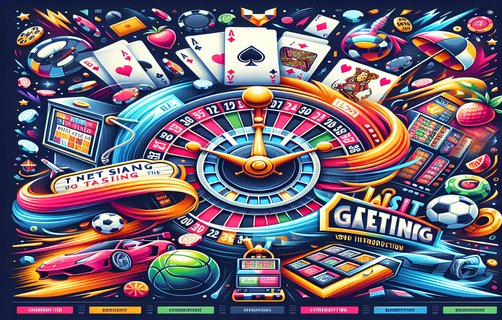Exploring the Dynamics of Modern Gambling: From Traditional Games to Innovative Trends
The gambling industry has evolved remarkably over the years, integrating new technologies and diverse gaming experiences that appeal to a broad audience. One such game that has gained prominence is **3 Patti Andar Bahar**, a traditional Indian card game that emphasizes simplicity while fostering excitement and strategic thinking. This article delves deeper into the various facets associated with modern gambling, including line bets, tournament rewards, Keno, the dynamics of deception in gambling, personalization in gameplay, post-flop hand reading, and gambling advertising regulations.
**Line bets** are a fundamental aspect of many gambling games, particularly in sports betting and table games. Players wager on specific outcomes within a defined set of lines, often adjusting their bets based on odds and perceived probabilities. This strategy not only involves a clear understanding of the game at hand but also requires astute observation of statistical trends, player behaviors, and potential outcomes. By mastering line bets, players can increase their chances of winning while ensuring they leverage their knowledge for maximum strategic advantage.

Another captivating feature in gambling is **tournament rewards**. Various gambling platforms host tournaments that allow players to compete against one another for cash prizes or other incentives. These rewards create a stimulating environment where competition drives engagement. Tournaments often feature escalating blinds and diverse formats, making strategy and adaptability crucial for success. Players must read not just the cards but also the dynamics of their competitors to optimize their potential gains.
**Deception in gambling** serves as a fascinating psychological tactic. Players may bluff or mislead opponents to gain an advantage, underscoring the mental aspect of many gambling games. Skilled players often able to read physical cues, facial expressions, or betting patterns can exploit these deceptions to enhance their gameplay, showcasing how strategy extends beyond mere number calculations to encompass psychological warfare.
**Gameplay personalization** is a growing trend within the gambling landscape. Many modern platforms harness data analytics and artificial intelligence to tailor experiences for individual players. By tracking user behavior and preferences, casinos can curate recommendations and tailor features, ensuring a more engaging and satisfying experience. For instance, personalization allows players to receive alerts about promotions or games suited to their playing style, further enriching their gaming journey.
In the realm of poker, **post-flop hand reading** is a critical skill. Players analyze community cards to determine their standing relative to opponents, needing situational awareness and an understanding of probability. The successful application of this skill hinges on a player's ability to decipher their opponents’ likely holdings and betting tendencies, leading to a strategic edge in decision-making.

Lastly, **gambling advertising regulations** significantly shape how casinos and online platforms promote their services. Stricter regulations aim to protect consumers, particularly vulnerable populations, from deceptive marketing practices. Transparency and ethical marketing become pivotal in ensuring responsible gambling while still fostering an atmosphere where players are informed about their options.
In conclusion, the gambling landscape is rich and varied, integrating elements of chance, strategy, psychology, and innovation. As games like **3 Patti Andar Bahar** continue to find their place among modern audiences, gamblers must adapt to new paradigms that enhance their experiences and ensure responsible play in an ever-evolving environment.
